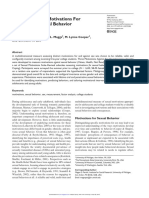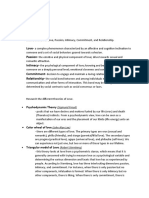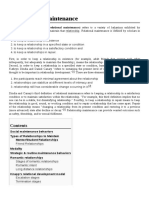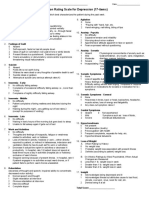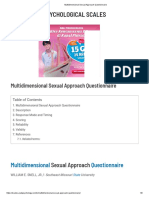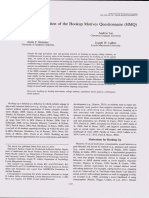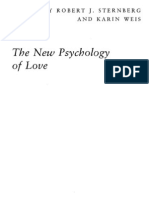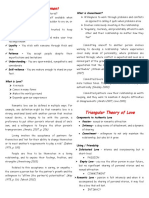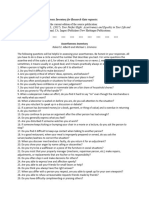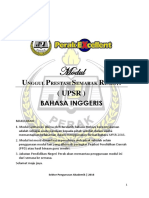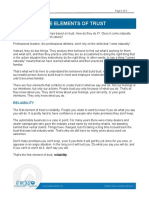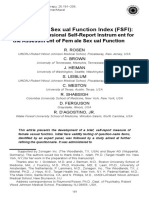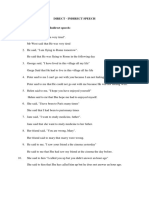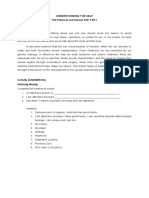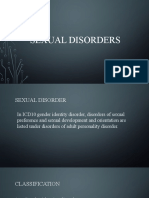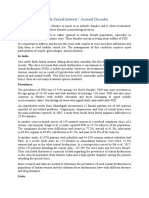0% found this document useful (0 votes)
160 views3 pagesSexual Self-Efficacy Scale For Female Functioning
The Sexual Self-Efficacy Scale for Female (SSES-F) is a 37-item measure that assesses perceived competence in the behavioral, cognitive, and affective dimensions of female sexual response. It samples capabilities in four phases of sexual response and includes subscales for interpersonal orgasm, interpersonal interest/desire, sensuality, individual arousal, affection, communication, body acceptance, and refusal.
Uploaded by
Luh MasCopyright
© © All Rights Reserved
We take content rights seriously. If you suspect this is your content, claim it here.
Available Formats
Download as DOC, PDF, TXT or read online on Scribd
0% found this document useful (0 votes)
160 views3 pagesSexual Self-Efficacy Scale For Female Functioning
The Sexual Self-Efficacy Scale for Female (SSES-F) is a 37-item measure that assesses perceived competence in the behavioral, cognitive, and affective dimensions of female sexual response. It samples capabilities in four phases of sexual response and includes subscales for interpersonal orgasm, interpersonal interest/desire, sensuality, individual arousal, affection, communication, body acceptance, and refusal.
Uploaded by
Luh MasCopyright
© © All Rights Reserved
We take content rights seriously. If you suspect this is your content, claim it here.
Available Formats
Download as DOC, PDF, TXT or read online on Scribd
/ 3
